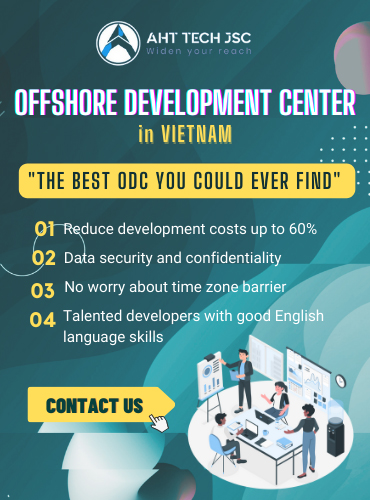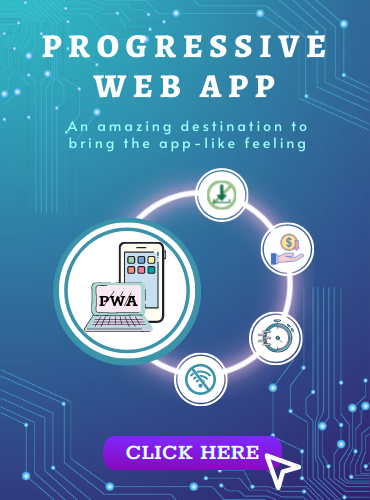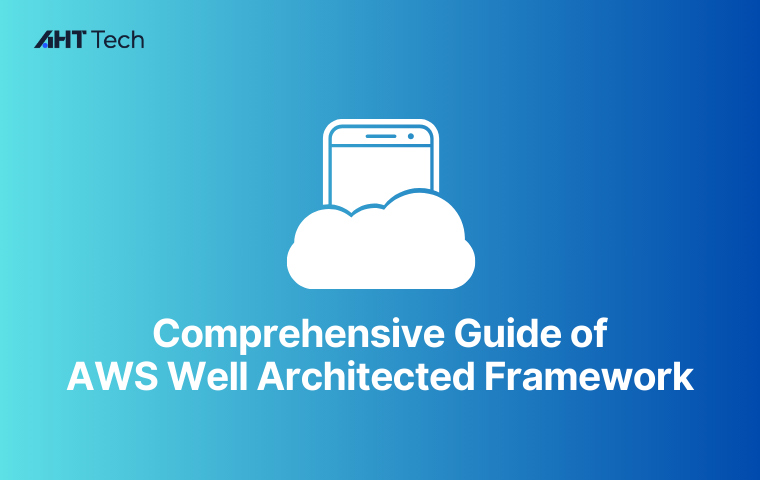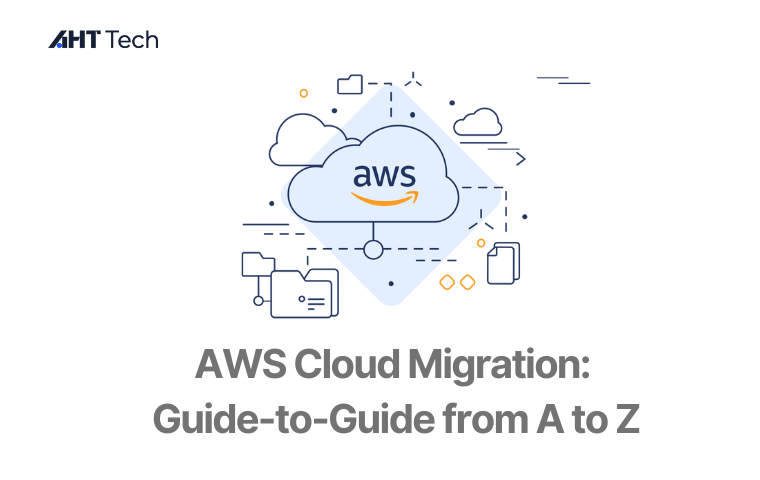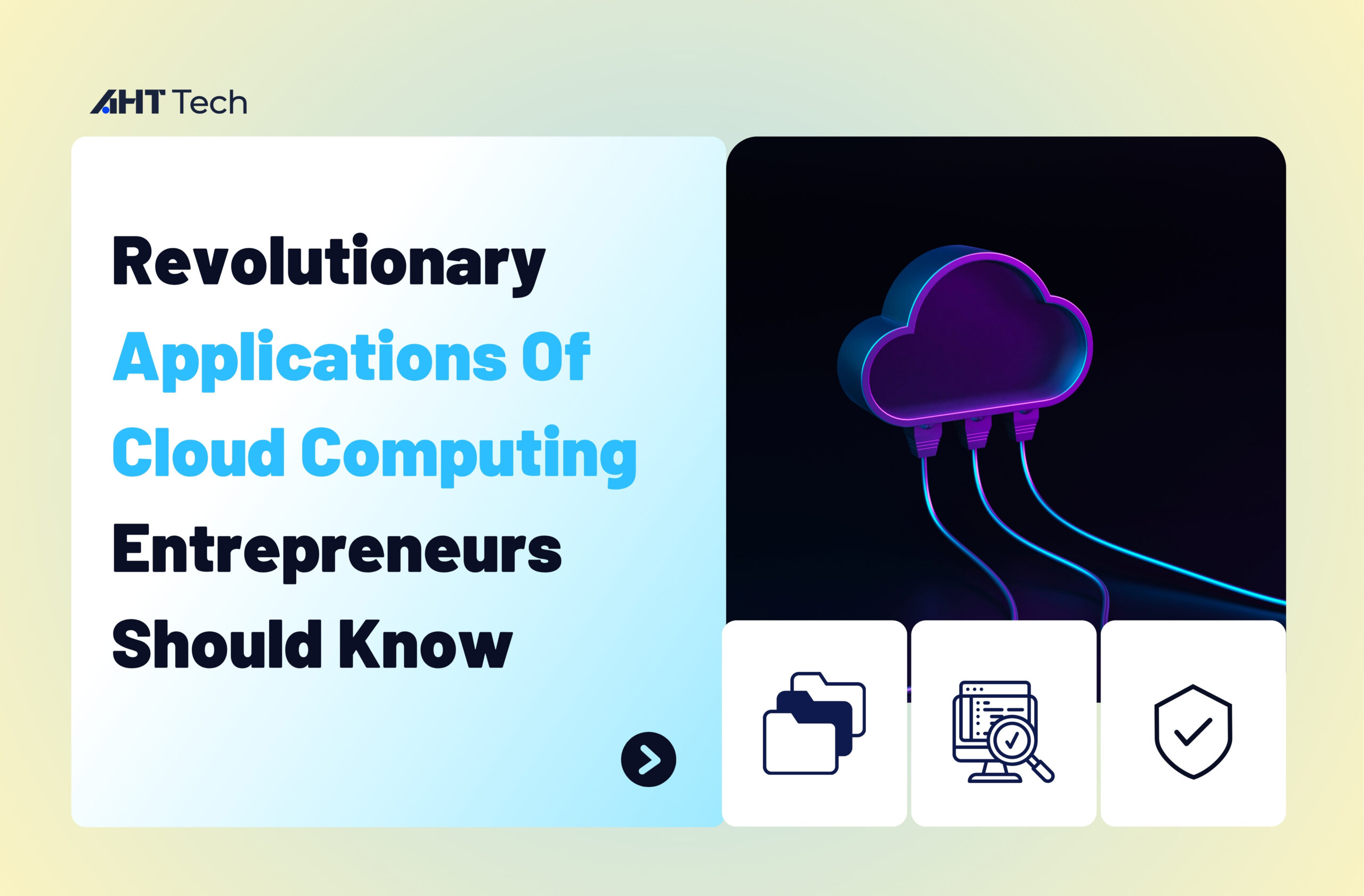Data of a business comes from every angle. Different sources send various types of data in different shapes and sizes. Therefore, companies should integrate data in an easy-to-manage manner. So, how does a company handle all of this data in a modern way? For that reason, businesses will choose data integration software implementation to connect all the systems and applications information. Therefore, in this blog, AHT TECH will bring to you information about data integration:What is data integration, benefits, tools, challenges, examples and use cases. Don’t miss any parts in this article because all of them are very necessary for your business.

What is data integration?
Data integration is the process of gathering and combining information from different sources. It offers a unified structure or view of the combined data. In addition, it can be used to manipulate operations, perform analytics, and generate statistics. The first step toward transforming data into more descriptive and critical data is integration. There are main two kinds:
- Enterprise Data Integration (EDI)
- Customer Data Integration (CDI)
Enterprise Data Integration (EDI)
Enterprise Data Integration is a set of technological instructions that allows us to manipulate data across two or more data sets. It entails gathering data from different business systems and crunching it. Therefore, you can perform various management activities and generate business intelligence reports.
Customer Data Integration (CDI)
To be successful, a business organization’s main goal must be to satisfy customers by understanding their requirements and desires. Besides that, with such a massive amount of data already available, there are some difficulties in accessing and processing the data at a much faster rate.
Why is data Integration important?
With the growing amounts of data collected from different sources, that is the reason why Data Integration is important. Businesses are willing to implement as many strategies for utilizing data to complete applications as possible. Furthermore, according to an online survey of Experian, thewhir.com, and others, nearly 60% of businesses lack a properly functioning business strategy. Therefore, it leads to disastrous consequences. Data Integration tends to solve this problem quite effectively by providing a real-time view and analysis of the data. So it allows the collection of various targets.
- Reduces data complexity
- Increasing the value of data crunched via unified systems
- Centralizing data to use with ease
- Collaboration facilitates communication among various business systems.
- Make Better Business Decisions
- Improves communication between various departments
- Keeps your data secure in real time by keeping information up to date.
- Improved customer experience
Data integration example
As an example, consider the company AFI. AFI ‘s product is a mobile app. With that app, users can take pictures of items and determine whether or not the item in the photo is a hot dog. SFI operates its business with a variety of tools, including:
- To gain new users, use Facebook Ads and Google Ads.
- Google Analytics will be used to monitor events on its website and mobile app.
- MySQL database is used to store user information as well as image metadata. For example, hot dog or not hot dog)
- Marketo for sending marketing emails and nurturing leads.
- Zendesk for handling customer service.
- Accounting and financial tracking with Netsuite
Each of these applications contains information about AFI’s operations. Therefore, AFI Company can get a 360-degree view of the business. That process is known as data integration.
What are the best tools for integrating data?
Because our data will not integrate itself, there are numerous tools available on the market to assist us in effectively querying the data. We have Open Source Data Data Integration Integration Tools, Cloud-based Tools, and On-premises Data Integration Tools,…. However, the best tool to use is determined by the needs, platform, and type of data.
Features of Data Integration Tools
Tools for integrating data have the following specific features:
- Connectors: the more connectors you have, the more money your team will save.
- Open Source: open-source content tends to be more adaptable.
- Portability: Build once but operate multiple times in distributed environments.
- Simple to use: the tools you create for integration should be interactive and easy to use, with improved visualization.
- Cloud Compatibility: integrated data should be capable of operating natively in a variety of cloud environments.
List of Common Cloud-based Services and Tools:
Here’s a quick overview of some of the more popular cloud-based services and tools:
- Informatica Integration of Cloud Data
- Integration with Oracle Cloud Computing Service
- Salesforce Platform: Salesforce Connect
List of Common Open-source Tools:
- Apache Airflow
- CloverDX
- Talend Open Studio
- Apatar
Data integration architecture
Because different data data is collected from different business sources. Moreover, different data models are crunched into numerous small pieces which are equally distinct and do not flow in any specific way. As a result, good staging areas are required. Almost all integration solutions use the hub-and-spoke architecture style. The inter-server communicates and performs data manipulations in this architecture via a central hub, where another integration server manages the same transformation task.
Advantages of integrating data
Data integration is the nucleus cover for the entire data management system. It is critical to carry out any expected outcome.
- Better collaboration and imploymentation
- Real-time integrated data availability
- Data from a variety of distributed sources
- It aids in the development of stronger partnerships and customer relationships.
- Saves time, increases efficiency, and decreases errors
- Making perfect business decisions
- One of the most important advantages is adaptability, reliability, and reusability.
Disadvantages of integrating data
- Working with Real-Time Data entails integrating real-time data without falling behind the systems.
- Remove all data silos by extracting from and delivering to multiple systems.
- Construct a smart architecture for processing and improving streaming data to the enterprise platform.
- Data security concerns ensure that data is secure and confidential.
- Data from newer business requirements – to excel in the market, the integrated data should be easily adaptable to the latest industry technologies such as IoT, ML, and Cloud.
Use cases of data integration
Data Integration in Data Mining
When we operate on existing data from a database and try to extract all of the necessary information from that raw data. That is the meaning of Data Mining. Integrating data refers to the preprocessor used to retrieve data from multiple distributed sources. These are then stored in a structured way in the database and made available through that database. Tight coupling and loose coupling are the two approaches for integrating data.
- Tight Coupling: The data warehouse is supposed to be an interface that retrieves information from various targets into a single central location using ETL (Extract, Transform, and Load) operations.
- Loose Coupling: A predefined interface is offered that manipulates and transforms queries. Therefore, the root storage understands and no temporary storage is performed.
Data Integration in Data Warehousing
One of the most important aspects of Data Warehousing is data integration. ETL (Extract, Transform, and Load) is a critical component of data integration in data warehousing. Moreover, building a data warehouse for the enterprise side is the most well-known implementation of data warehousing. Besides that, Internal operations are the focus of the data warehouse. However, all integration operations and management are entirely external to the organization. Therefore, we can use data integration as a local-as-a-view approach to bring them together as a single unit with no redundancy. Each database table serves as a globally defined source for a corporate view.
Data Integration in Business Intelligence(BI)
Business intelligence is the collection of operations performed to extract useful information from raw data. It aids in the making of better business decisions, predictive analysis, the identification of data clusters, and the management of business processes. Furthermore, it promotes the development of better communication skills in order to collaborate effectively, as well as decision-making guidelines for better outcomes. So consider BI Tools to be Decision Support Systems (DSS) tools because they enable business members to conduct analyses and extract useful information.
In-house data integration
This section is suitable for businesses that can work with writing code and using the command line. However, if that’s not what you’re looking for,you can consider the data integration with AHT TECH JSC
While you can start your data integration project from scratch, it is often beneficial to save time by leveraging an open source project. So you are able to use the Singer open source ETL project. Singer makes use of reusable components to pull data from sources (taps) and send it to destinations (targets). Therefore, if you require a new source, you only need to create a single tap. And then it will work with all of the other taps and targets automatically .
Here’s a quick guide to pulling data from GitHu
Firstly, you should create a virtual environment and install the GitHub tap.
> virtualenv -p python3 venv
> source venv/bin/activate
> pip install tap-github
Then, create a config.json file with your GitHub access token and the path to the repository from which you want data. This is what it should look like:
{"access_token": "your-access-token",
"repository": "singer-io/tap-github"}
Finally, you can run the application
tap-github --config config.json
Data integration with AHT TECH
That is all about Data integration. Hopefully, our article has also provided you with useful information. But not yet, let us know via CONTACT FORM. The support teams of AHT TECH are always ready to answer all your problems. More importantly, we also bring to you the best System Integration & Data Migration Services to take your business into the new level.
>>> READ ALSO:
Real time data integration solution: Everything you need to know





